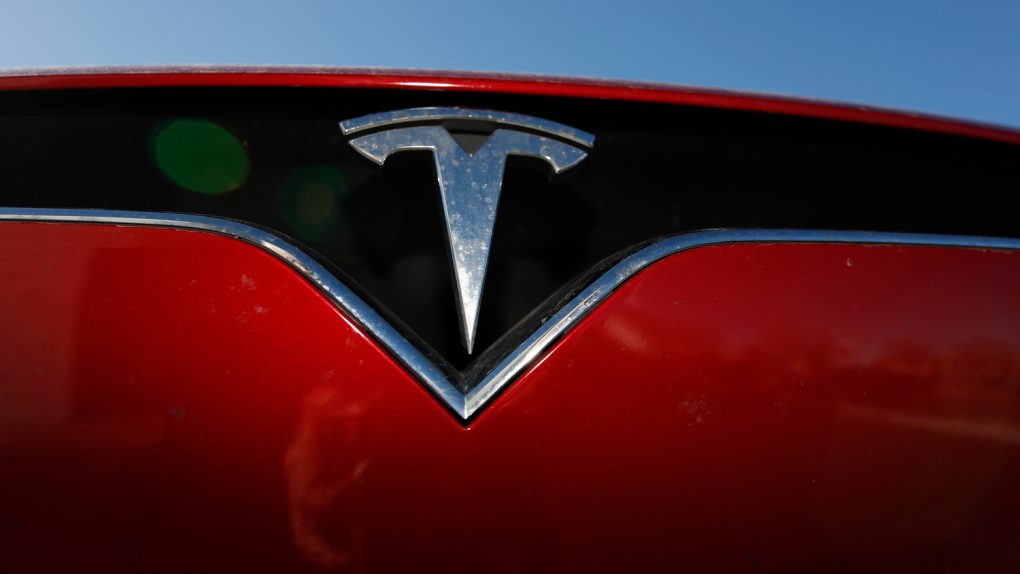- The Tesla Semi won’t enter mass production until 2021.
- Initially unveiled in late 2017, Tesla’s semi-truck was supposed to enter production in 2019.
- The Tesla Semi delay aside, Tesla this week posted a surprisingly strong earnings report.
- Visit BGR’s homepage for more stories.
Tesla’s earnings report yesterday was mostly good news. Defying expectations yet again, the electric automaker posted better than anticipated sales and managed to eke out a $16 million quarterly profit in the process. And while that figure isn’t exactly earth-shattering, it’s certainly encouraging given Tesla’s long history of losing money quarter after quarter.
All told, Tesla during the March quarter saw revenue hit $5.9 billion as the company delivered 88,400 vehicles. Breaking things down even further, the Model 3 and Model Y accounted for 76,200 of those deliveries while cumulative deliveries for the Model S and X checked in at 12,200 units.
Tesla at this point is essentially selling cars as fast as it can manufacture them. What’s more, the company has a number of intriguing vehicles in the pipeline, a list that includes the Tesla Semi, the Cybertruck, and a next-gen version of the Roadster.
Incidentally, Tesla yesterday announced that mass production of the Tesla Semi has been pushed back yet again. Recall that when Tesla first unveiled the Tesla Semi in late 2017, the company said that mass production would begin in 2019. Before long, Tesla pushed the date back to 2020. And with yesterday’s earnings report, the company now says that mass production will begin sometime in 2021.
Tesla didn’t provide a reason for the delay but, if we’re being honest, it’s not all that surprising. Tesla does many things exceedingly well, but meeting production timelines certainly isn’t one of them. With the Model Y being the lone exception, every single one of Tesla’s vehicles, from the original Roadster all the way to the Model 3, has been subject to substantial delays.
The Tesla Semi release date notwithstanding, interest in the vehicle has been impressively strong ever since it was officially unveiled. In the year following its introduction, Tesla began fielding large pre-orders from a host of Fortune 500 companies, including UPS and Walmart.
As a quick refresher, the entry-level Tesla Semi will cost $150,000 and will be able to drive 300 miles on a single charge. A pricier $180,000 model, meanwhile, will boast a range of 500 miles.
And because Tesla remains obsessed with raw acceleration, it’s worth noting that the Tesla Semi can go from 0-60 MPH in 5 seconds flat and from 0-60 MPH when hauling a load of 80,000 pounds. As a point of contrast, a standard diesel truck needs 15 seconds to reach 60 MPH about a full minute to hit 60 MPH when hauling 80,000 pounds.
“We designed the Tesla truck to be like a bullet,” Musk proudly said during the vehicle’s introduction a few years back. You can check a video of the Tesla Semi accelerating below:








